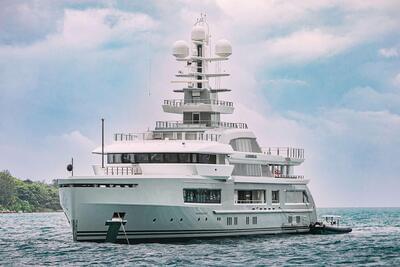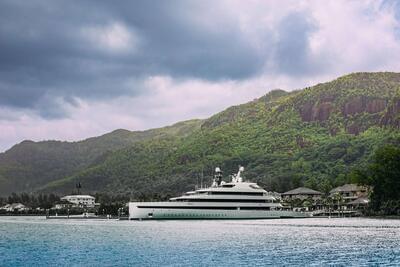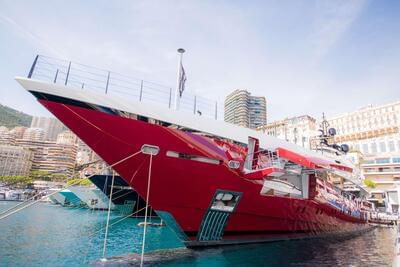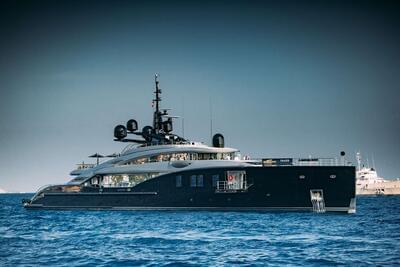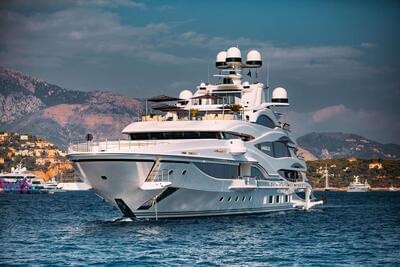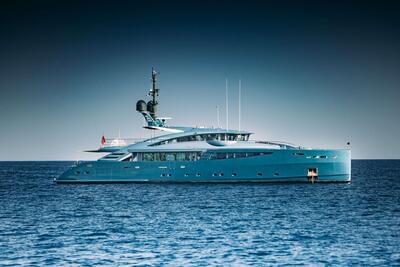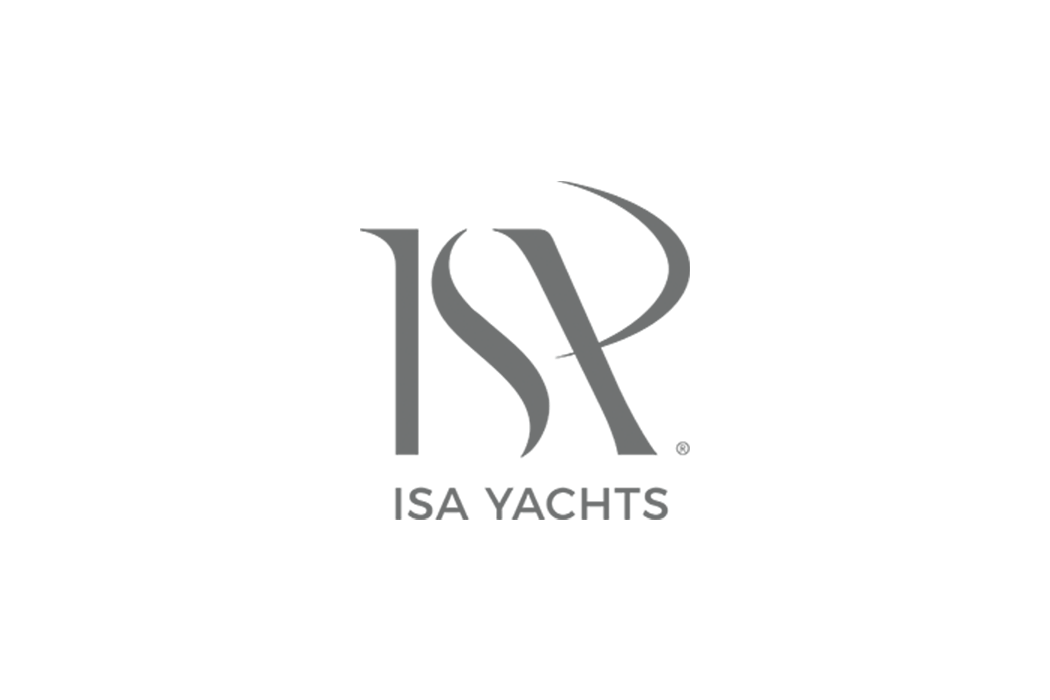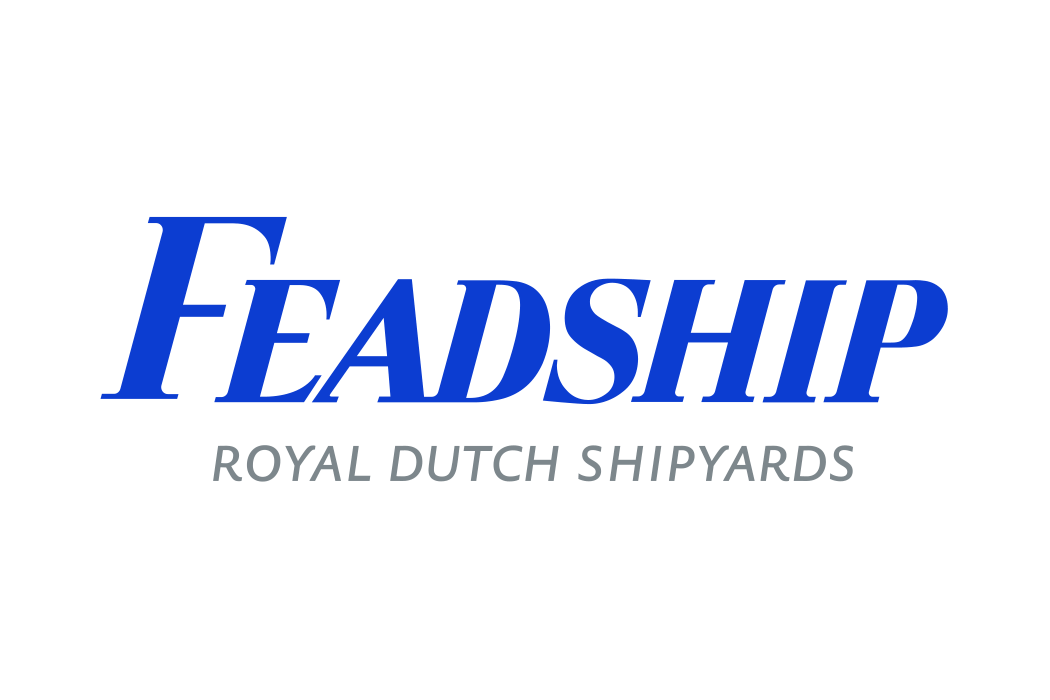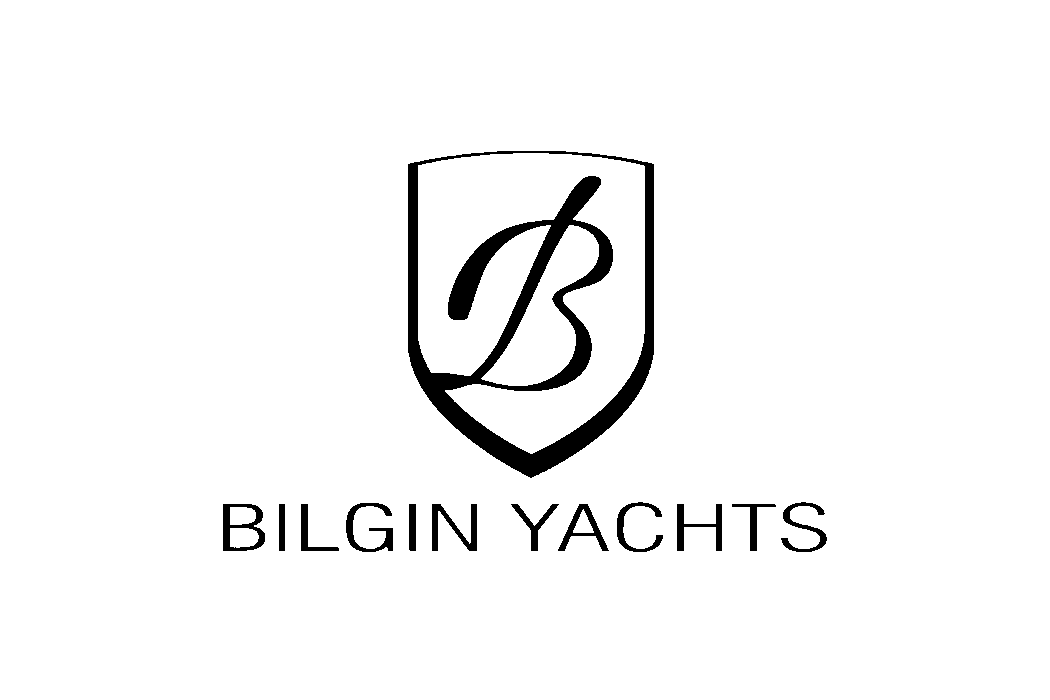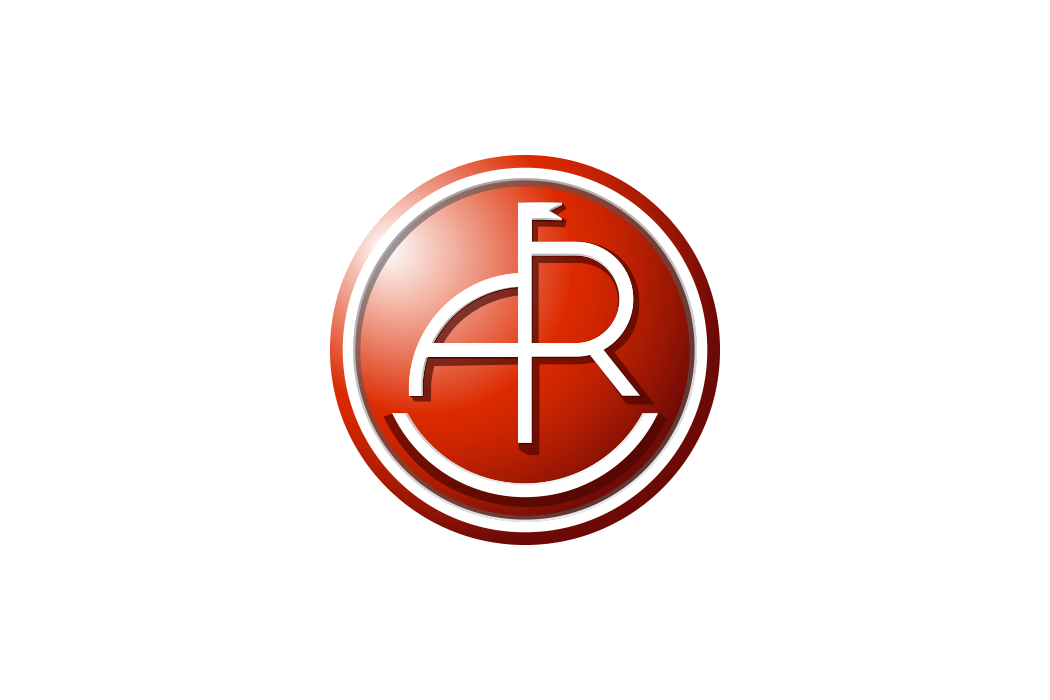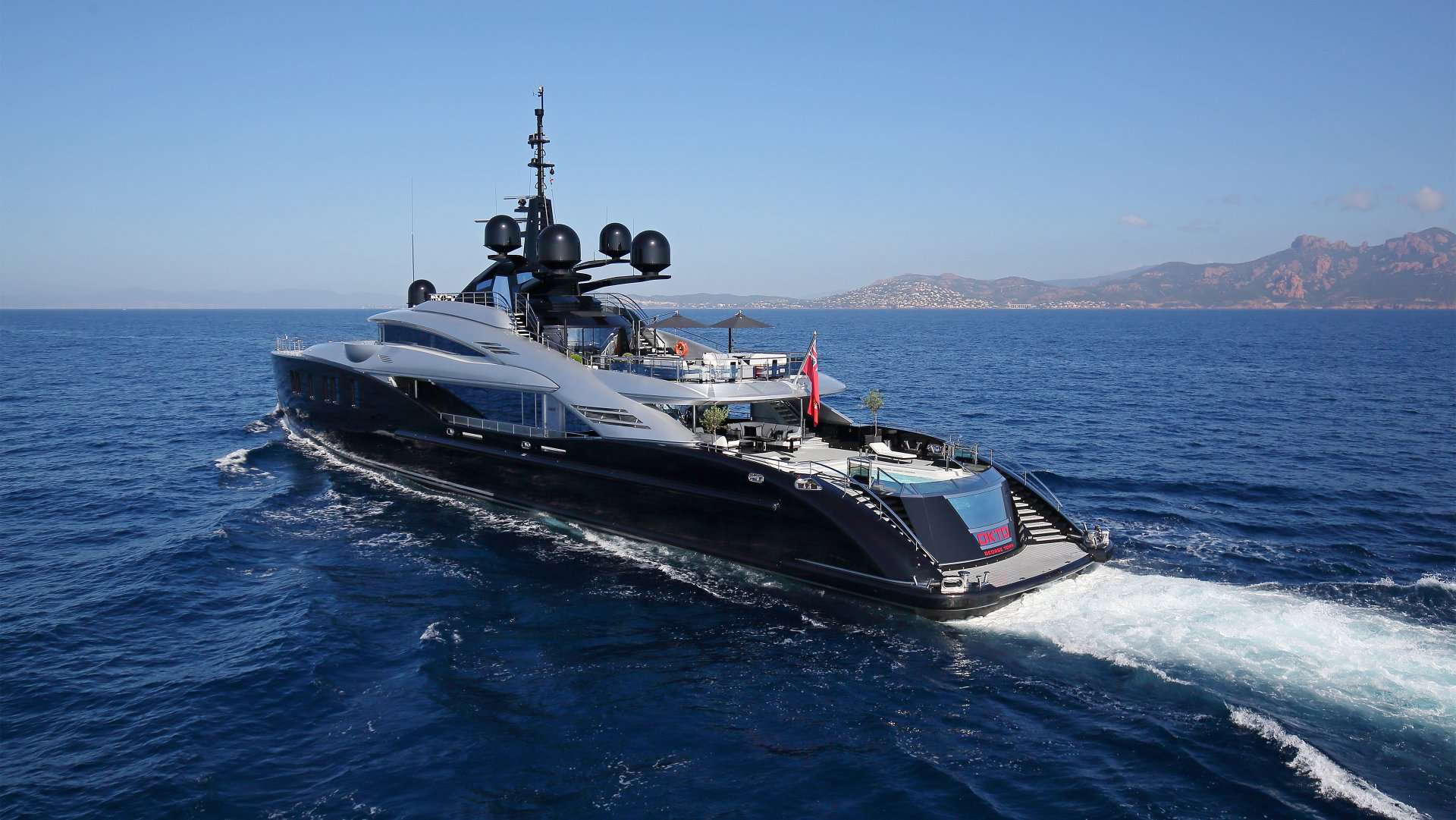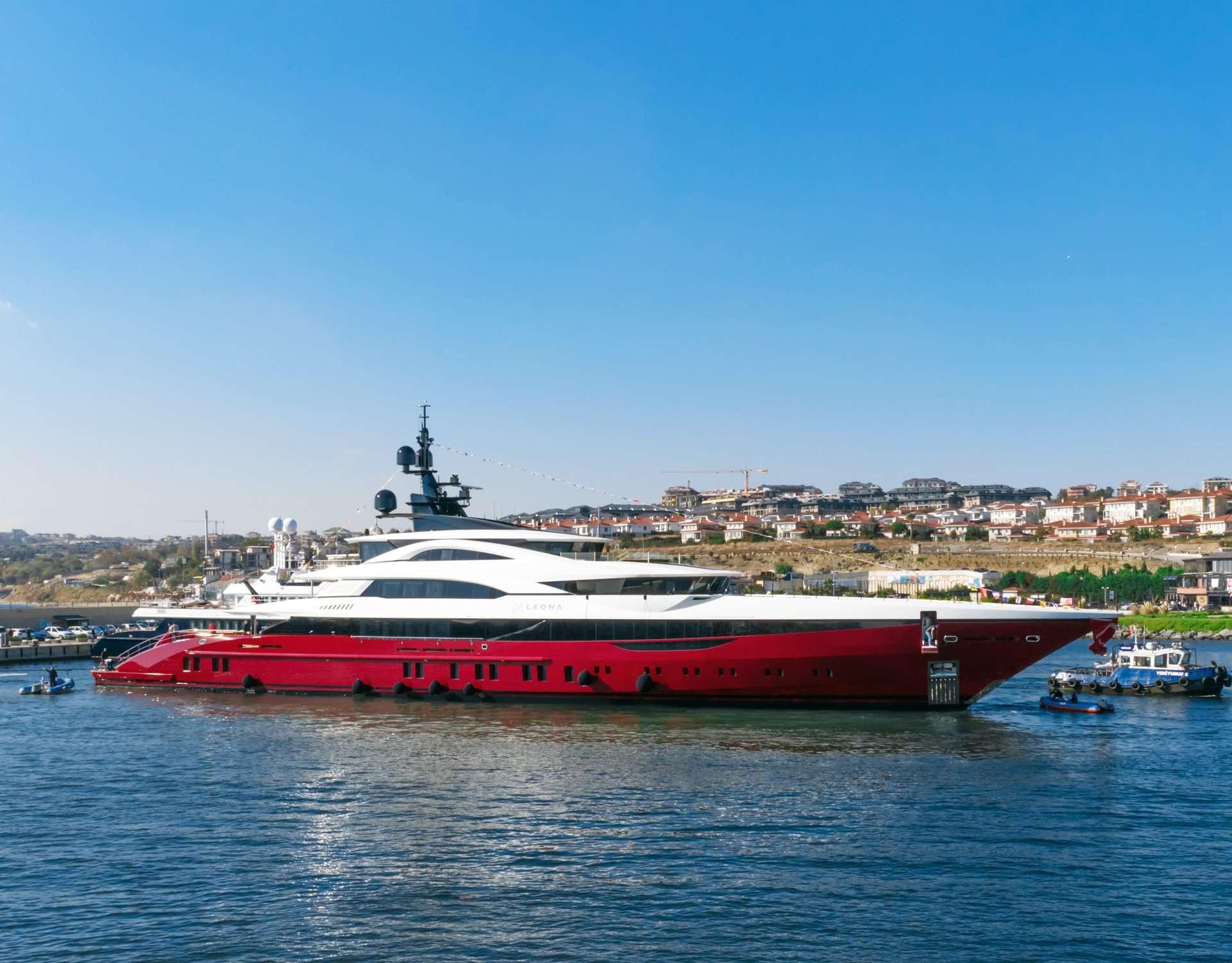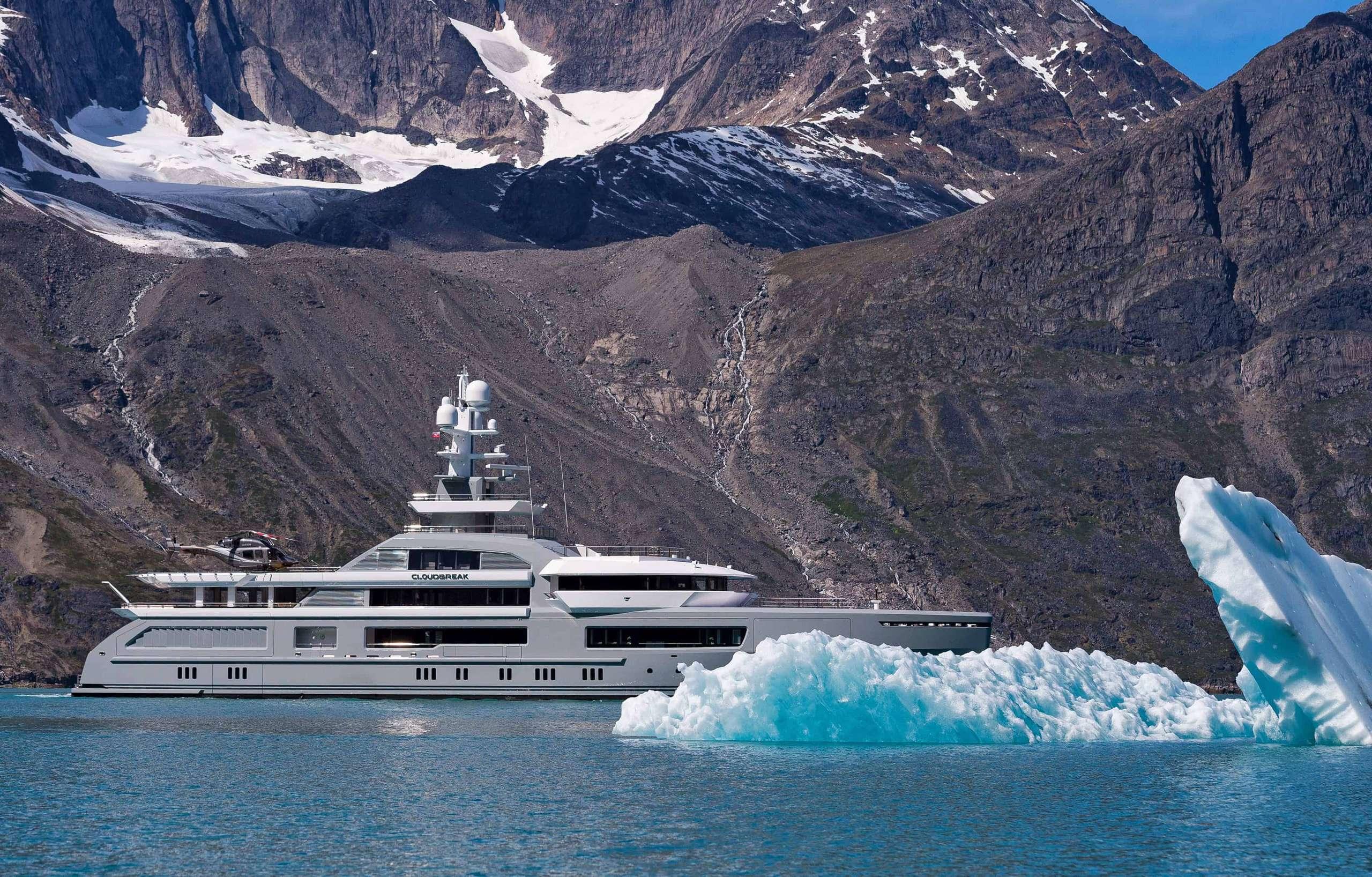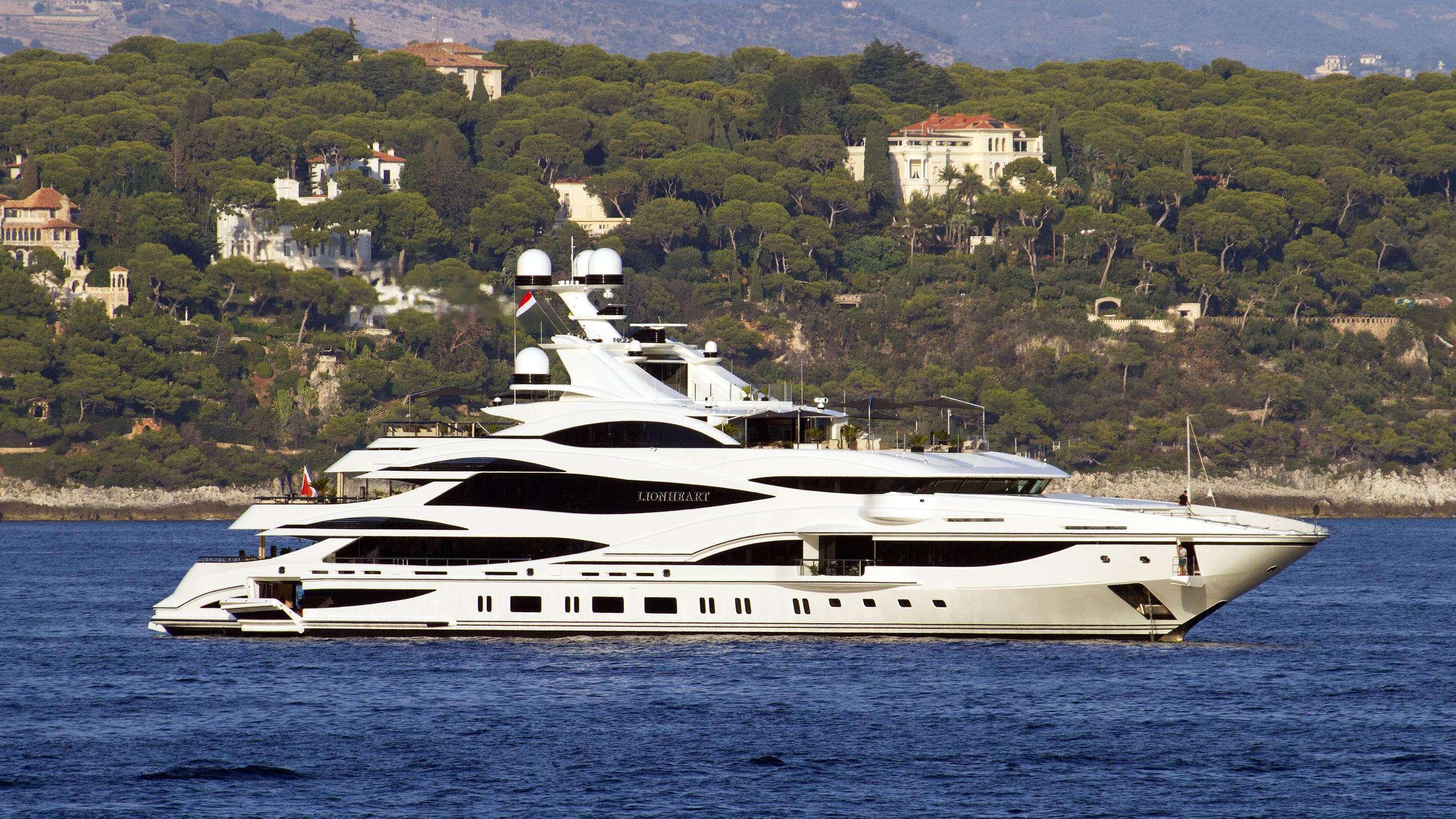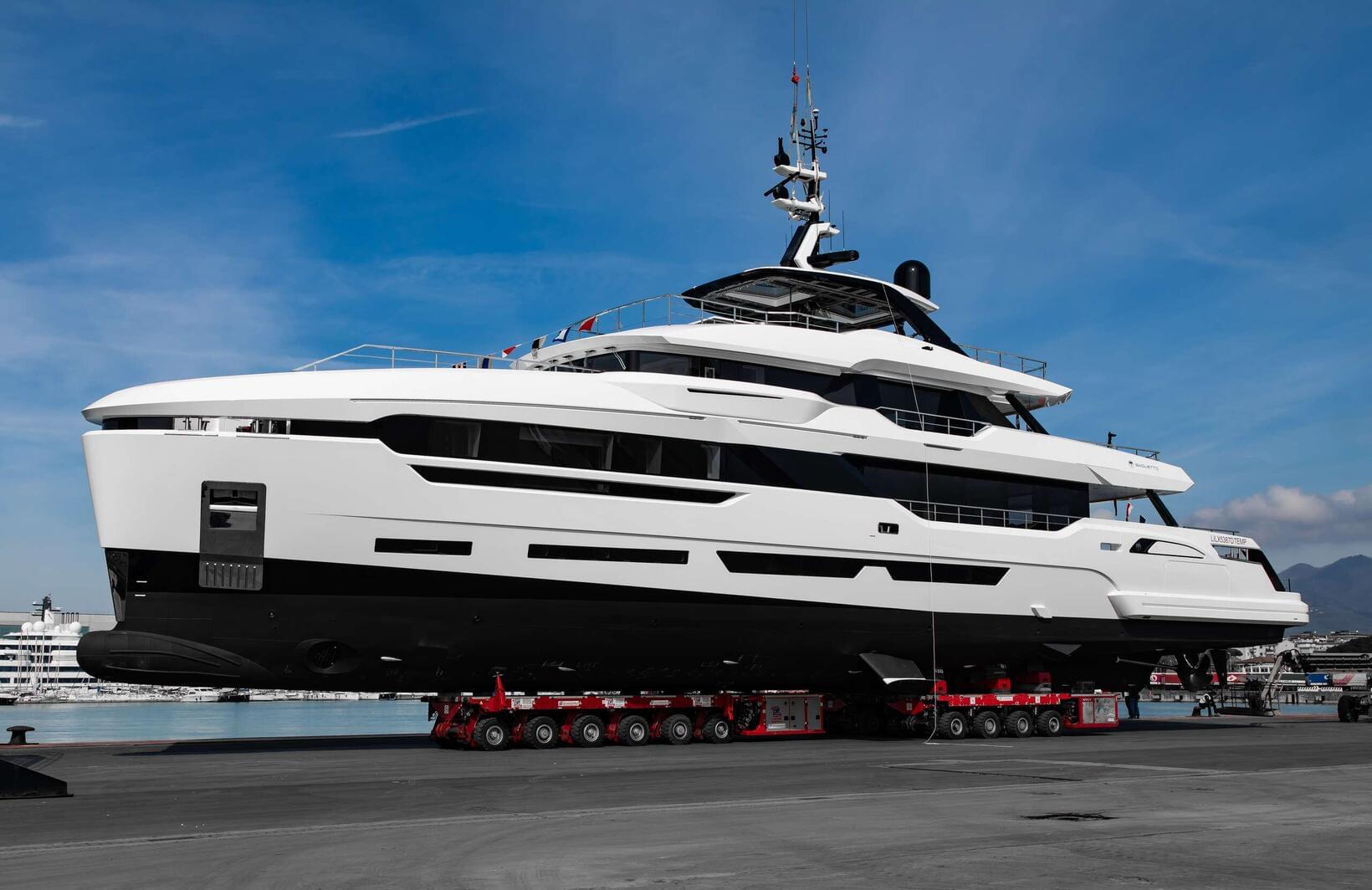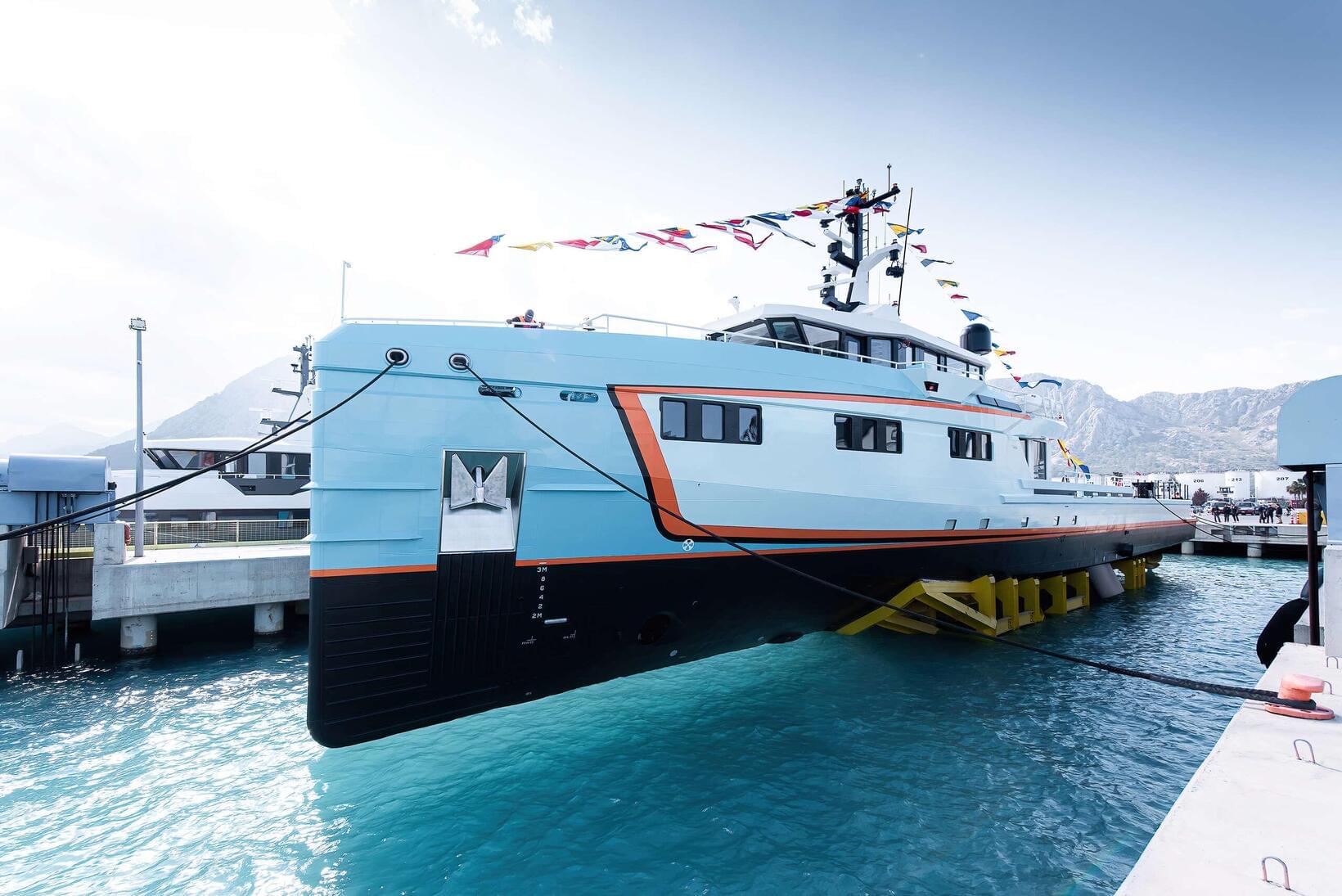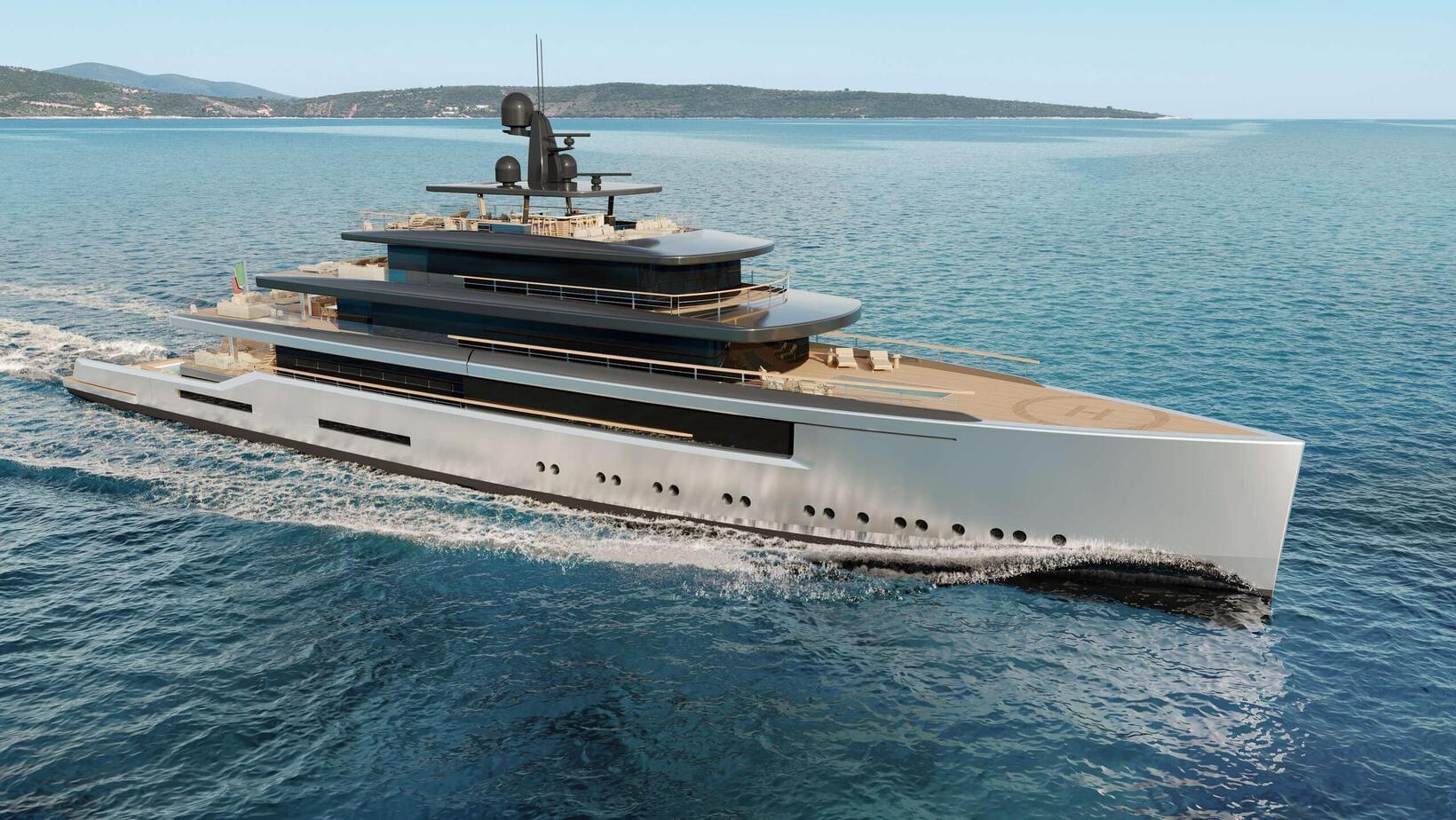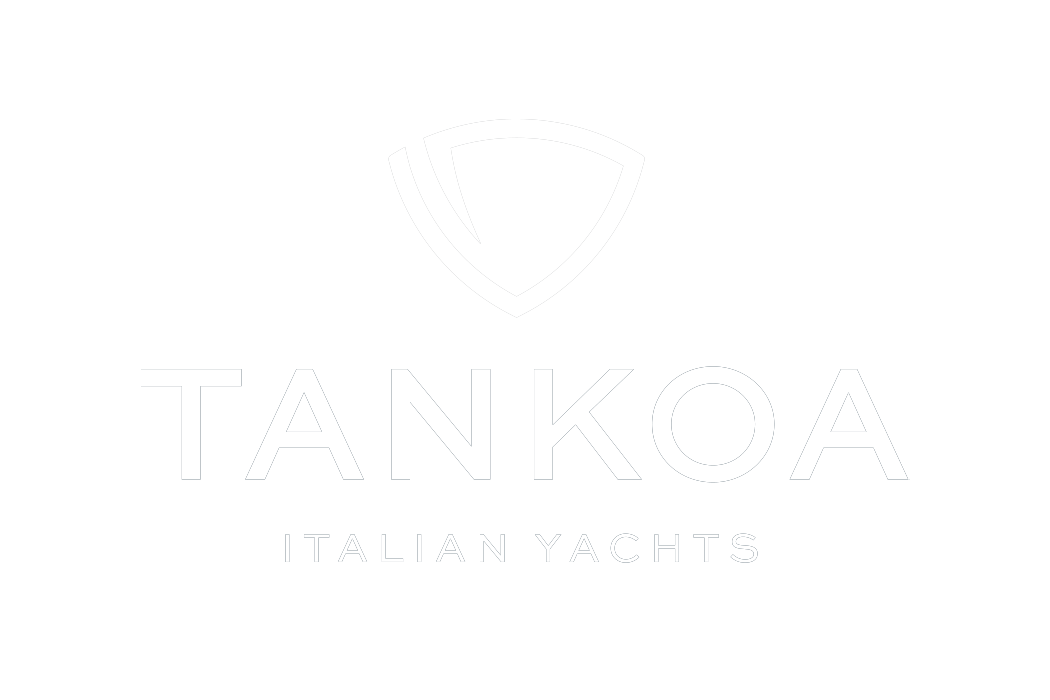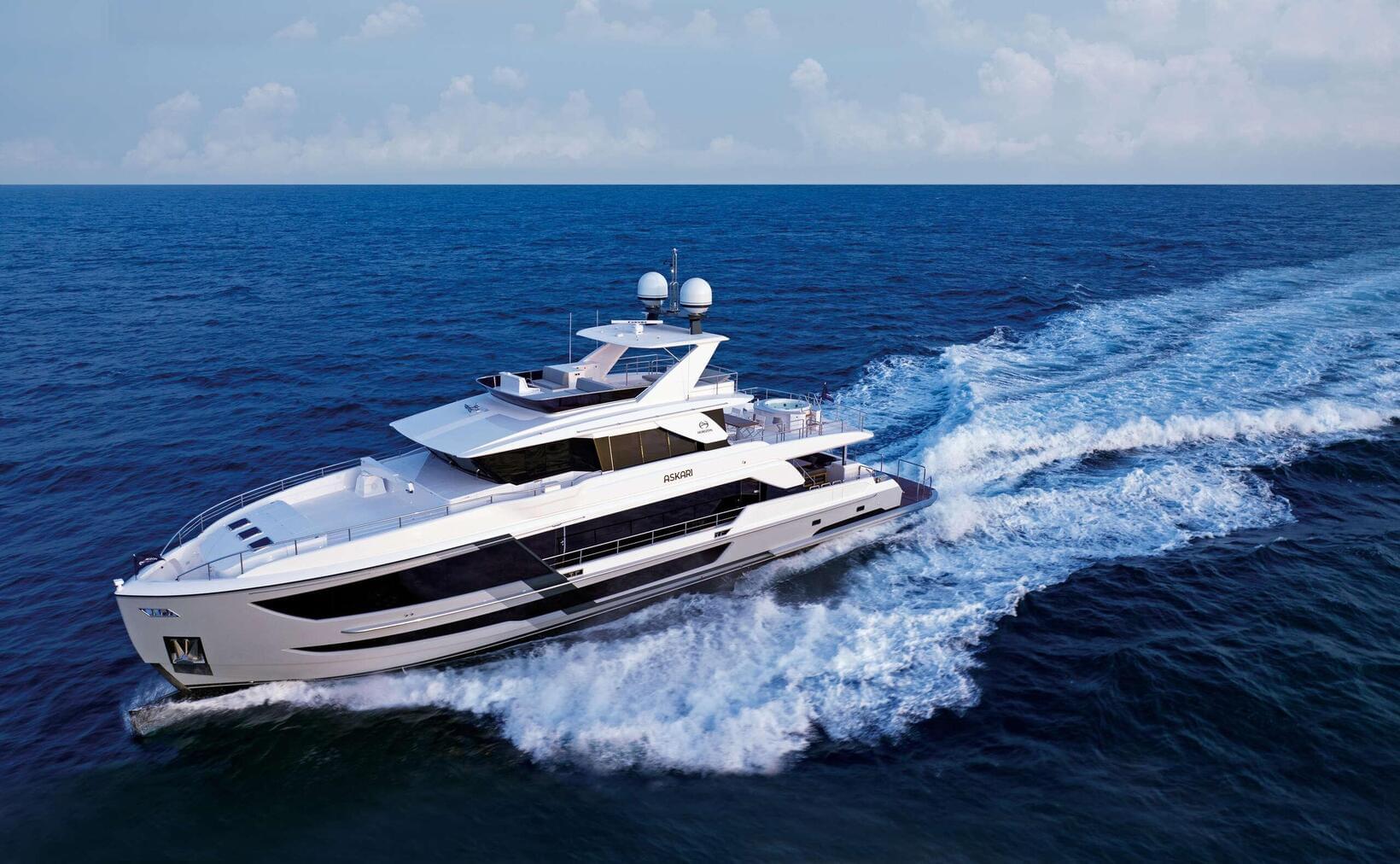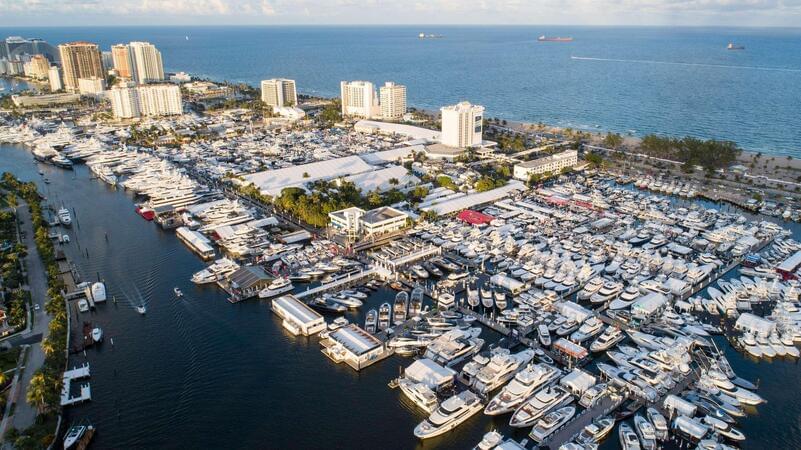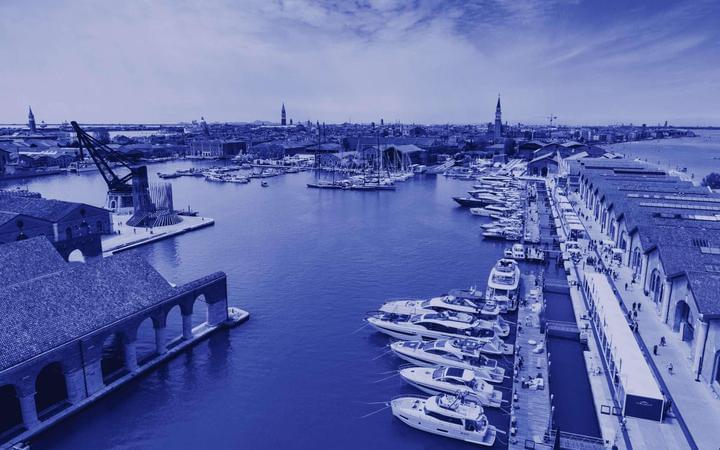Unveiling the Rise of Vertical Bows in Modern Yachts: Advantages, Considerations, and Alternative Designs

A Shift in Yacht Design Philosophy: Recent years have witnessed a fascinating transformation in yacht design, particularly for displacement and fast displacement vessels. The once-dominant sloped bow is increasingly being replaced by the vertical bow, offering a distinct aesthetic and a range of performance-oriented advantages.
Fueling the Trend: The Allure of Efficiency and Speed
- Extended Waterline Length: A defining feature of the vertical bow is its increased waterline length compared to a traditional sloped design. This translates to superior fuel efficiency at cruising speeds. By displacing water more effectively, the longer waterline reduces drag, leading to lower fuel consumption – a significant benefit for long-range yachting.
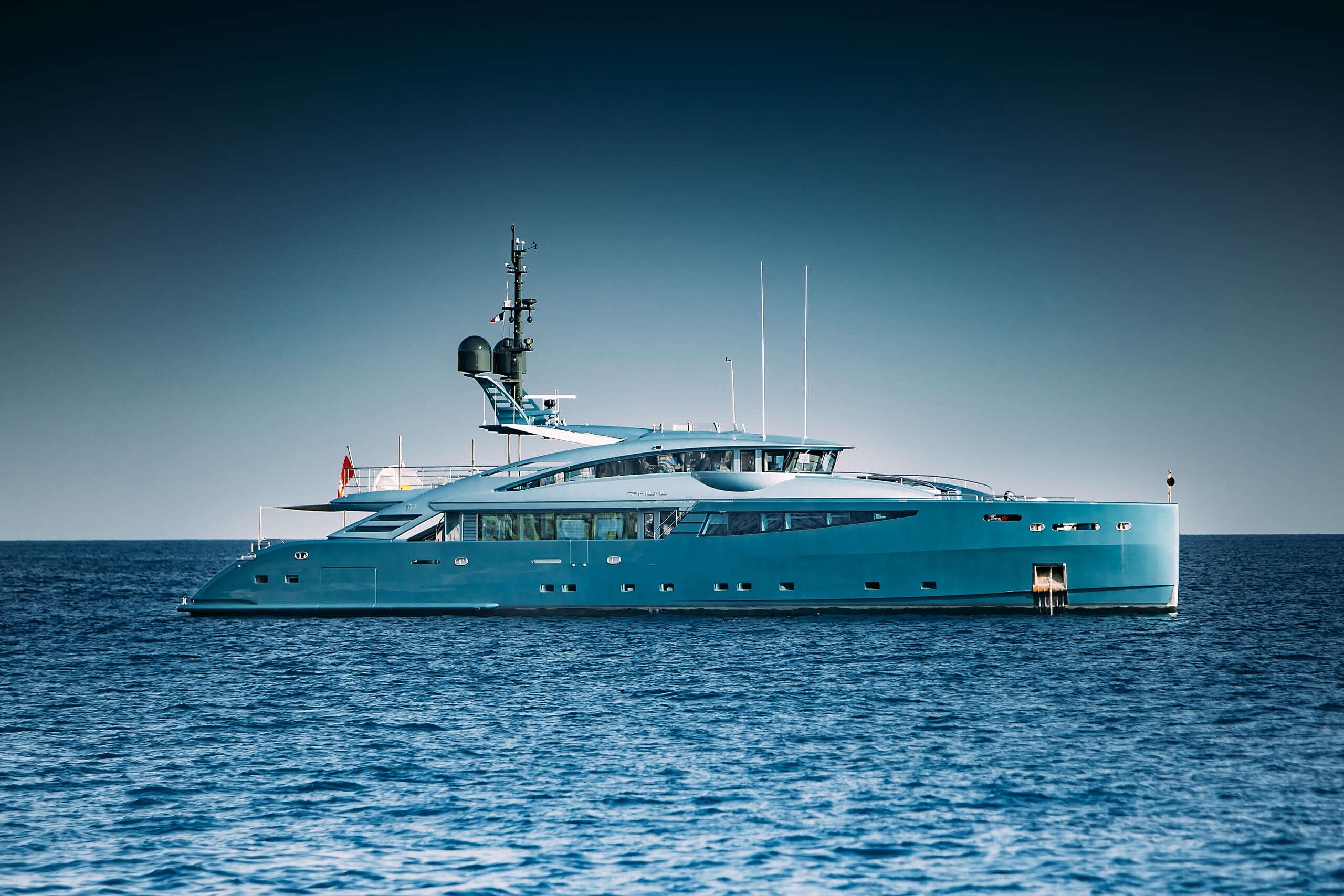
- Potential for Speed Enhancement: The extended waterline length can also contribute to achieving higher speeds for displacement yachts. This stems from the way these yachts interact with waves. A longer waterline allows for a more favorable wave interaction, potentially leading to increased speed capabilities.
Beyond Efficiency: Unveiling Additional Benefits
- Improved Ride Comfort: An often-overlooked advantage of the vertical bow is its positive impact on passenger experience. The vertical design tends to cut through waves rather than riding over them, offering a smoother ride, especially in rough seas and at lower speeds. This enhanced comfort can be a major selling point for owners who prioritize a luxurious yachting experience.
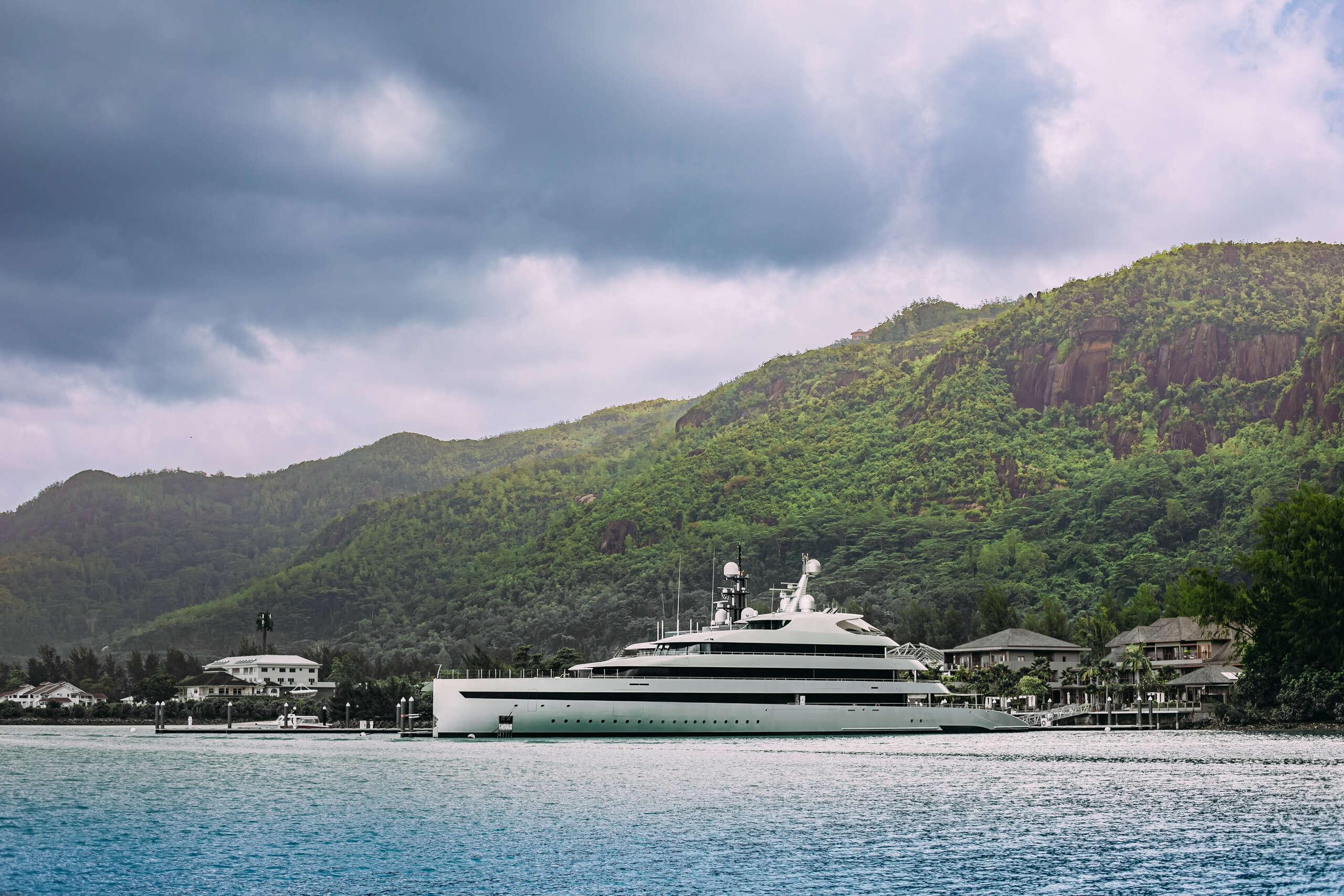
Addressing the Provided Points
- Modernization: While the concept of vertical bows has historical roots dating back to the 19th century, their widespread adoption in contemporary yacht design is a recent phenomenon. This surge in popularity can be attributed to advancements in naval architecture and a growing focus on optimizing operational efficiency.

- Space Optimization: The vertical bow design can offer slightly more usable space in the bow area compared to a traditional sloped bow. However, the impact on overall interior volume might be more pronounced on larger yachts.
- Speed and Efficiency: The longer waterline length undeniably contributes to these aspects. It's crucial to acknowledge that other factors such as hull design, engine technology, and overall weight distribution also significantly influence performance.
- Bulb Requirement: Not all vertical bows necessitate a bulbous bow. However, some designs might still incorporate one for further optimization of water displacement and wave handling characteristics.
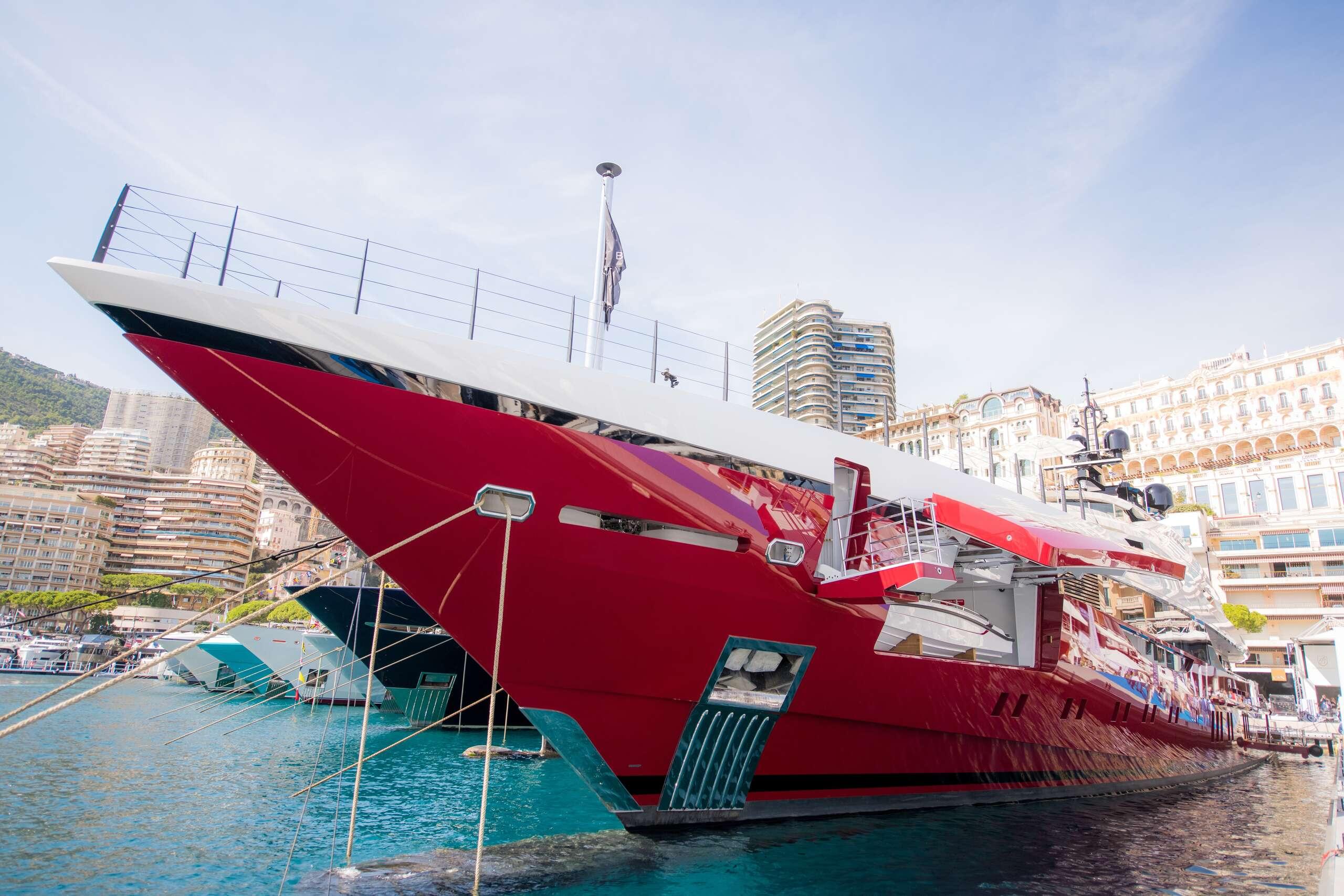
The Downside of the Vertical Bow: Considering the Trade-offs
- Reduced Deck Space: The vertical design comes at the expense of sacrificing some usable deck space in the bow area compared to a sloped bow. This can be a significant drawback for yachts where ample deck space is a priority for lounging, social gatherings, or tender storage.
- Potential for Slamming: At high speeds, the vertical bow might be more prone to slamming, a harsh impact that occurs when the bow hits the water surface. This can be uncomfortable for passengers and crew, and potentially cause damage to the vessel.
- Aesthetics: The distinct look of a vertical bow might not appeal to everyone. Some might find the traditional sloped bow visually more pleasing.
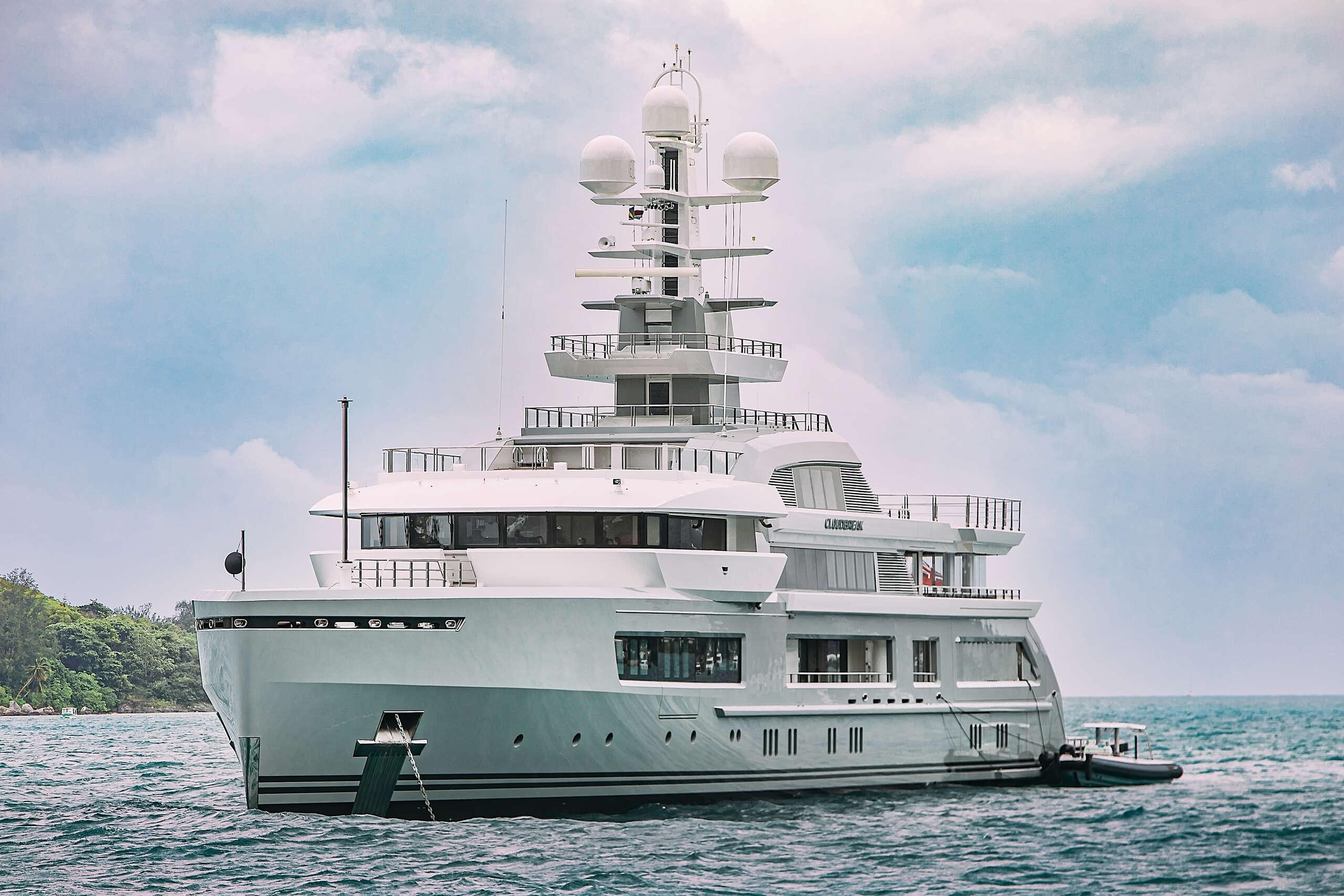
Exploring an Alternative: The L-Shaped Bow
While the focus has been on vertical bows, L-shaped bows are emerging as a potential alternative. These designs combine a steeper angle at the top with a vertical wall below, offering a potential compromise:
- Potential for increased interior volume compared to a traditional sloped bow.
- Reduced likelihood of slamming compared to a full vertical bow at high speeds.
Choosing the Optimal Bow Design: A Balancing Act
Selecting the most suitable bow design hinges on various factors:
- Yacht size and purpose: Larger yachts can better accommodate the trade-offs associated with a vertical bow.
- Sea conditions: Vertical bows might be more advantageous for yachts frequently navigating rough waters.
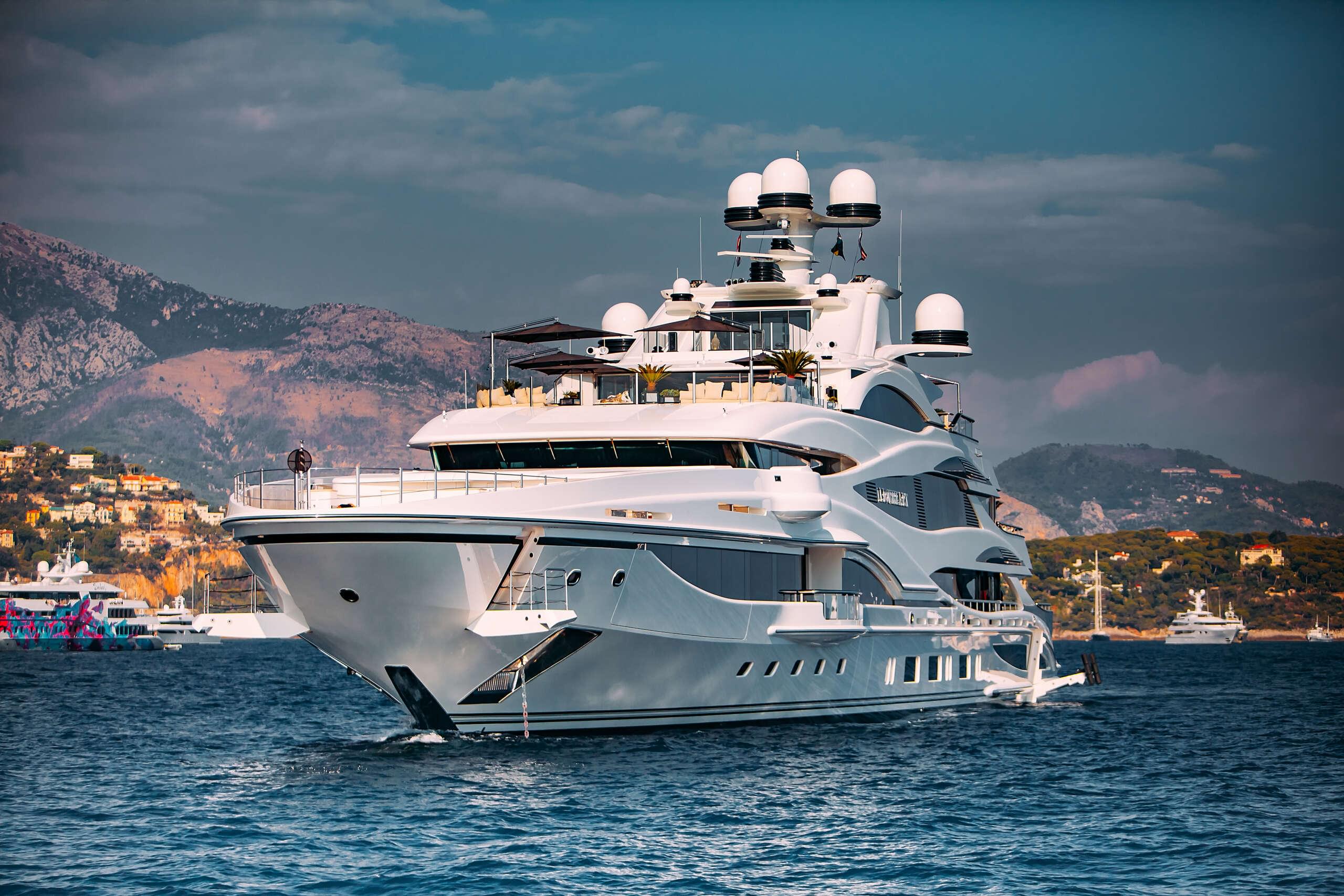
- Client preferences: Aesthetics, desired deck space, and intended yacht use all play a crucial role in the decision-making process.
Conclusion: A Symphony of Performance, Comfort, and Aesthetics
The vertical bow offers undeniable advantages in terms of efficiency, potential speed, and a potentially smoother ride. However, it's crucial to acknowledge the trade-offs in deck space and potential slamming at high speeds. L-shaped bows present an intriguing alternative, potentially offering a balance between benefits and drawbacks.
Ultimately, the optimal bow design hinges on carefully considering the specific needs and preferences of the owner and the intended operation of the yacht. Striking a balance between performance, comfort, aesthetics, and functionality is key to achieving an exceptional yachting experience.

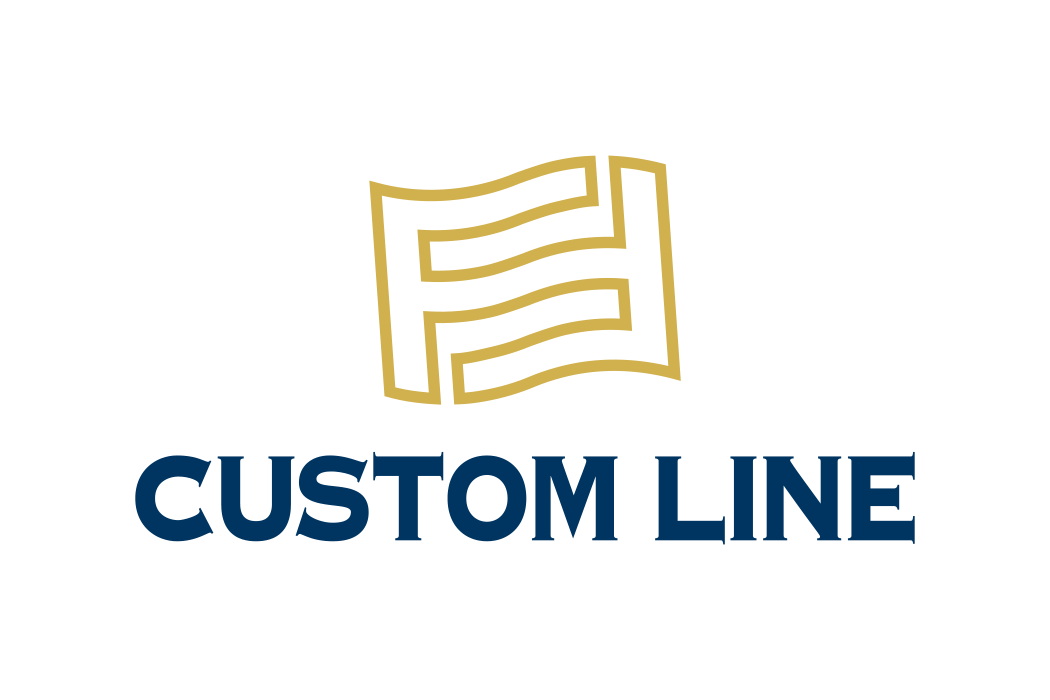
Custom Line Navetta 30: The Top-Selling Epitome of Timeless and Made-to-Measure Elegance
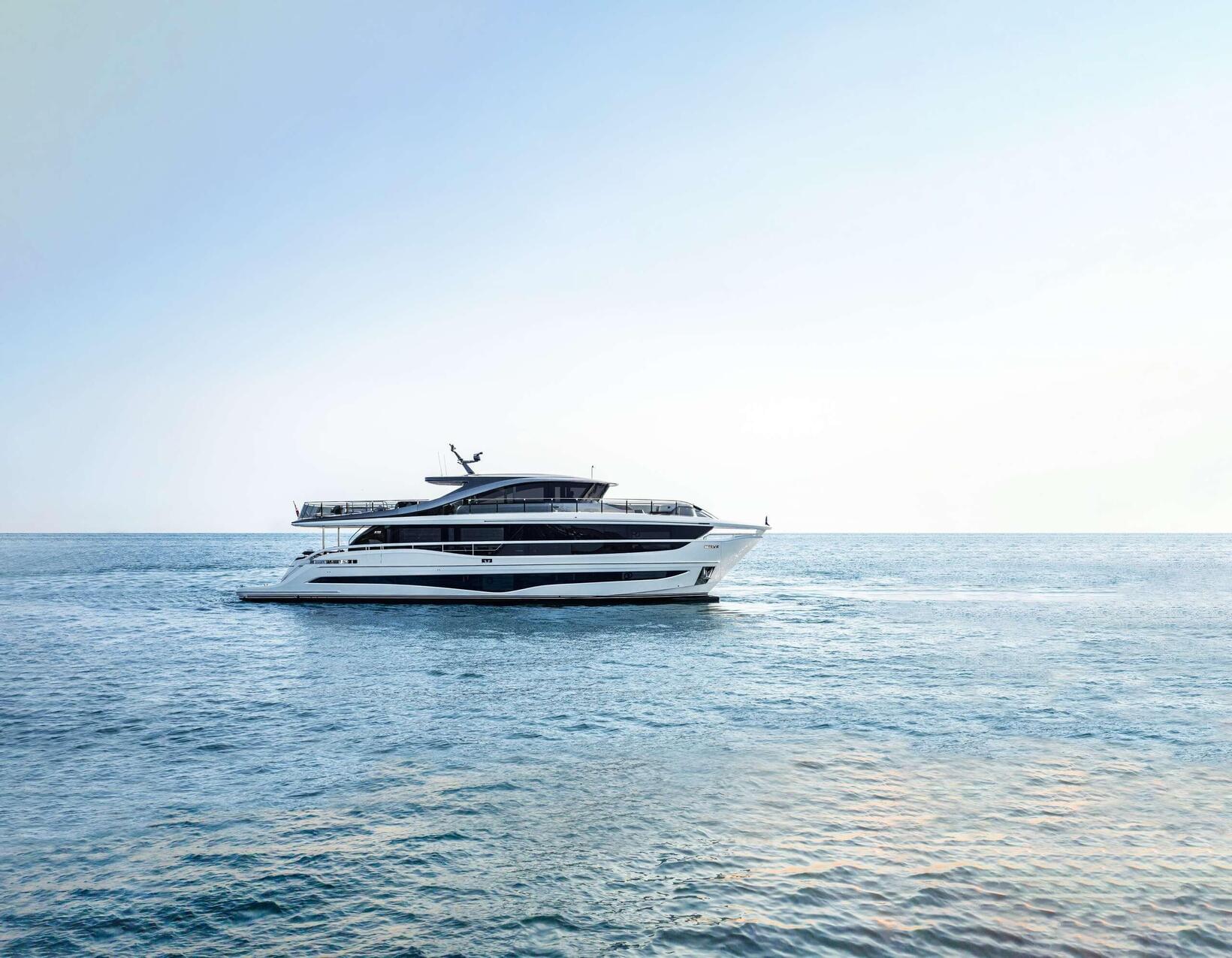

THE NEW PRINCESS X95 VISTA MAKES HER WORLD PREMIERE AT PALM BEACH INTERNATIONAL BOAT SHOW 2024
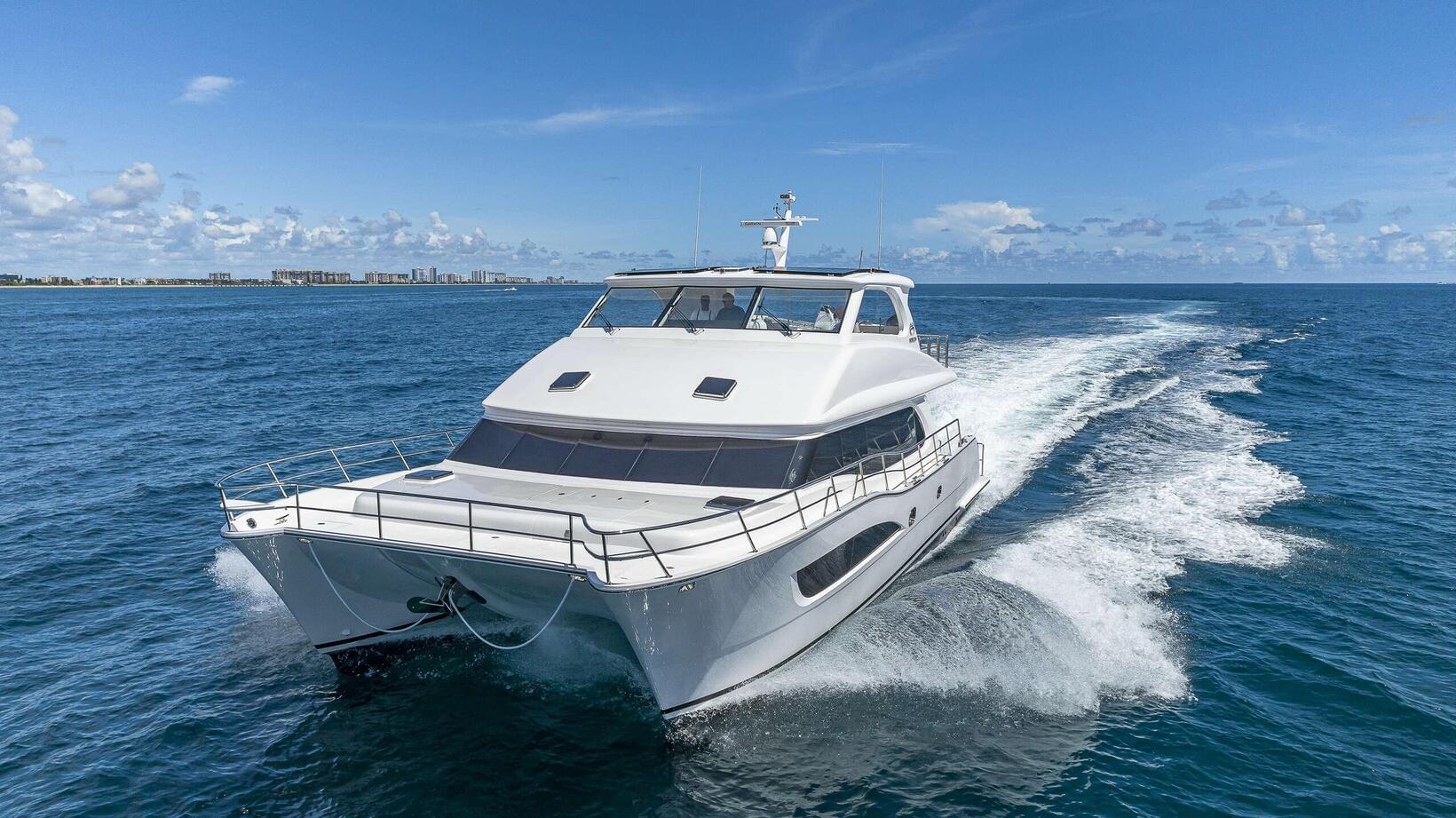
Horizon Power Catamarans Presents “Showcase of Silence” at the Palm Beach International Boat Show

Unveiling the Rise of Vertical Bows in Modern Yachts: Advantages, Considerations, and Alternative Designs

SUNSEEKER USA EXHIBITS LARGEST DISPLAY AT PALM BEACH INTERNATIONAL BOAT SHOW


